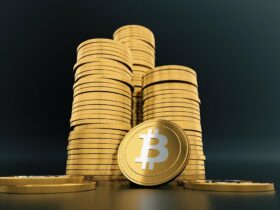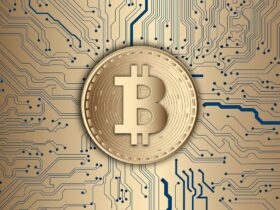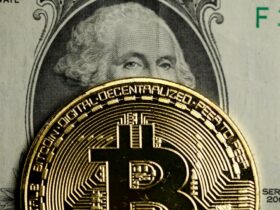The word “bitcoins” has many people talking. Just what is it? Can you just start buying some and forget about it? After all, if something is worth money, why not use it for trading currencies? In a world where money flows around the world like a river, it’s more important than ever to be able to trade between different currencies.
Transactions are technically verified by network nodes via cryptography and are stored in a public globally replicated ledger known as a block chain. Whenever you make a transaction, you are essentially sending information back to the network.
How to invest properly is one of the biggest questions that consumers who are planning to make an investment ask. To invest properly is to put money into the market with the plan of reaping some benefit/cash in return in the near future.
If you've never done futures day trading before, it can be intimidating. The concept of futures trading is confusing for many new traders. It's important to understand the basics before you jump in. Common question futures day traders ask is how much return can I expect? This depends on many factors. Some are easier to define than others.
To invest effectively means putting money into the expectation of a return in future. Simply put, to invest in shares means buying an entity or an asset with the intention of generating profit from the investment over a specified period of time or the return of your initial investment.
To invest is to put money into the hope of some return/benefit in the near future. Simply put, to invest simply means buying an asset or an object with the intention of making a profit from the investment or simply the appreciation of that asset over a certain period of time. In the financial markets, an investment refers to any money or assets that are used as collateral in order to obtain funds for a planned purpose. The key purpose of all investments is to make money. There are different types of investments including stocks, bonds, mutual funds, real estate and foreign exchange.
If you are unfamiliar with the term “blockchain”, here’s a quick definition. Blockchain is a public distributed ledger maintained by network nodes that are connected to each other. It is a public ledger that people can view, but it’s not like a book where you can go and read it at any time. It goes back approximately four years, or thereabouts, which is how long it takes for the ledger to grow.
Remittances are an essential flow of money for many nations globally. Without people sending money back home to friends and family, many people would be off far worse. The role of cryptocurrencies in this equation remains uncertain, although there are several robust initiatives taking place. Global Remittance Numbers Are Falling It is worrisome to see
Blockchain technology continues to find novel use-cases. Blockchain Technology Powers China-Europe Trade According to a report by Big News Network published on April 11, distributed ledger technology (DLT) is being leveraged to boost trade via the China-Europe train routes. The use of the emerging technology has aided significantly to lowering logistics costs and served as
In late 2021, an unknown person or group launched an anonymous online ledger called the Bitcoin ledger. Launched by its anonymous inventor Satoshi Nakamoto, Bitcoin quickly recorded secure transactions on a highly secured, decentralised Blockchain-a public network of servers maintained by a network of participants.










